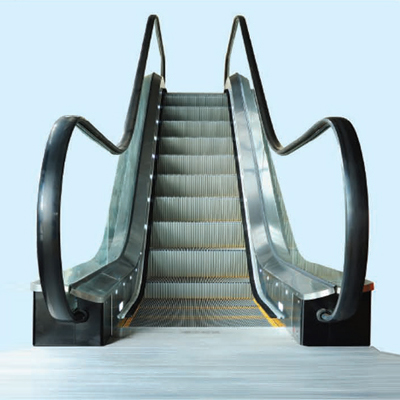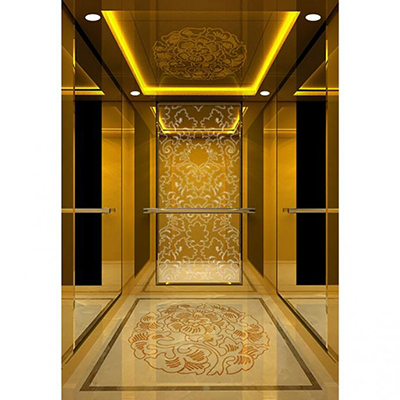Classification and structure of elevators
The basic structure of the elevator
1. An elevator is mainly composed of: traction machine, control cabinet, door machine, speed limiter, safety gear, light curtain, car, guide rail and other components.
2. Traction machine: the main driving component of the elevator, which provides power for the operation of the elevator.
3. Control cabinet: the brain of the elevator, the component that collects and releases all instructions.
4. Door machine: The door machine is located above the car. After the elevator is leveled, it drives the inner door to link the outer door to open the elevator door. Of course, the actions of any part of the elevator will be accompanied by mechanical and electrical actions to achieve interlocking to ensure safety.
5. Speed limiter and safety gear: When the elevator is running and the speed exceeds the normal up and down, the speed limiter and safety gear will cooperate to brake the elevator to protect the safety of passengers.
6. Light curtain: a protective part to prevent people from getting stuck at the door.
7. The remaining car, guide rail, counterweight, buffer, compensation chain, etc. belong to the basic components for realizing elevator functions.
Classification of elevators
1. According to the purpose:
(1) Passenger elevator (2) Freight elevator (3) Passenger and freight elevator (4) Hospital elevator (5) Residential elevator (6) Sundries elevator (7) Ship elevator (8) Sightseeing elevator (9) Vehicle elevator (10) )escalator
2. According to speed:
(1) Low-speed elevator: V<1m/s (2) Fast elevator: 1m/s<V<2m/s (3) High-speed elevator: V>2m/s
3. According to the drag method:
(1) AC elevator (2) DC elevator (3) hydraulic elevator (4) rack and pinion elevator
4. According to whether there is a driver or not:
(1) Elevator with driver (2) Elevator without driver (3) Elevator with/without driver can be changed
5. According to elevator control mode:
(1) Handle operation control (2) Button control

